China’s Mekong dams turn Thai fishing villages into ‘ghost towns’- Context
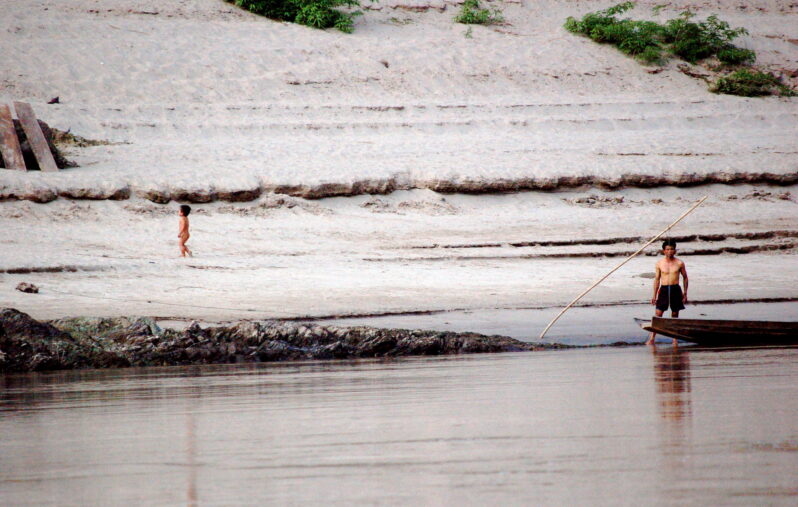
From February to April each year, Kam Thon spends most of her days knee-deep in the waters of the Mekong River by her village in northern Thailand, gathering river weed to sell and cook at home. Kam Thon and other women who live by the Mekong have been collecting river weed, or khai, for decades, but their harvest has fallen since China built nearly a dozen dams upstream. The dams have altered the flow of water and block much of the sediment that is vital for khai and rice cultivation, researchers say…
Grains of Sand: Too Much and Never Enough – EOS Magazine

Sand is a foundational element of our cities, our homes, our landscapes and seascapes. How we will interact with the material in the future, however, is less certain…
“The use of sand is now faced with two major challenges,” said Xiaoyang Zhong, a doctoral student in environmental science at Leiden University in the Netherlands. “One is that it has caused enormous consequences in the environment,” he explained. “The second challenge is that easily usable sand resources are running out in many regions…”
Starving the Mekong – Reuters
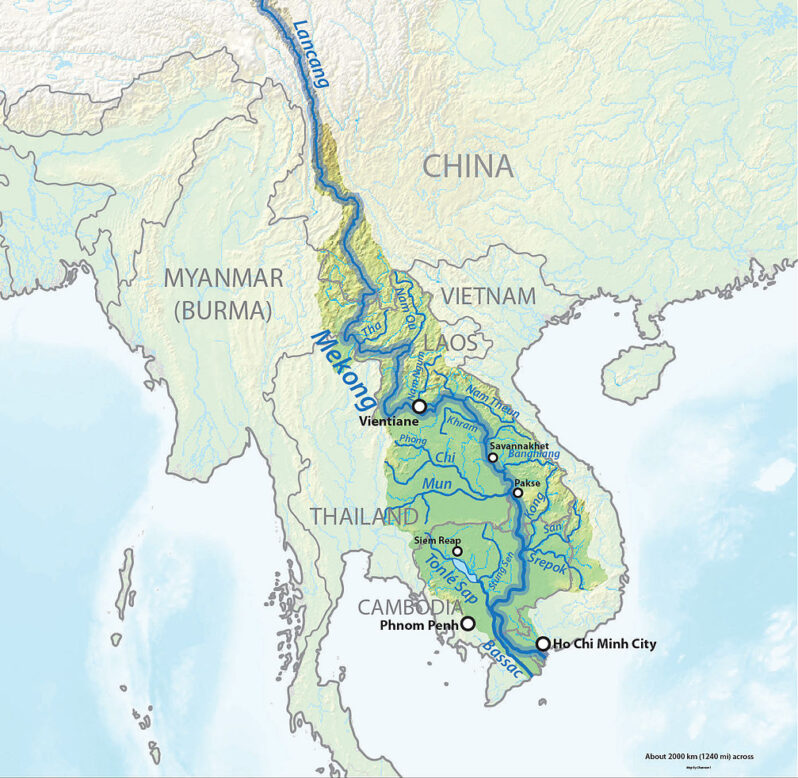
Lives are remade as dams built by China upstream deprive the Mekong River Delta of precious sediment
Standing on the bank of the Mekong River, Tran Van Cung can see his rice farm wash away before his very eyes. The paddy’s edge is crumbling into the delta.
Just 15 years ago, Southeast Asia’s longest river carried some 143 million tonnes of sediment – as heavy as about 430 Empire State Buildings – through to the Mekong River Delta every year, dumping nutrients along riverbanks essential to keeping tens of thousands of farms like Cung’s intact and productive…
Huge dam demolition could save salmon on the edge of extinction

Dams, climate change, and other issues have wreaked havoc on salmon along the U.S. West Coast, and the declines have been particularly acute for the spring-run fish…
Environmentalists and dam operators, at war for years, start making peace

The industry that operates America’s hydroelectric dams and several environmental groups announced an unusual agreement Tuesday to work together to get more clean energy from hydropower while reducing the environmental harm from dams, in a sign that the threat of climate change is spurring both sides to rethink their decadeslong battle over a large but contentious source of renewable power.
Trust nature: The best way to defend deltas against rising seas is with sand and mud

Sediment constantly and naturally replenishes deltas, keeping them — and all the people, fields, industries, cities and wildlife that rely on them — above the water. While scientifically proven, this surprising fact has struggled to gain much traction outside the small world of geomorphologists
More Than 500 Dams Planned in Protected Areas Around the Globe, Study Finds
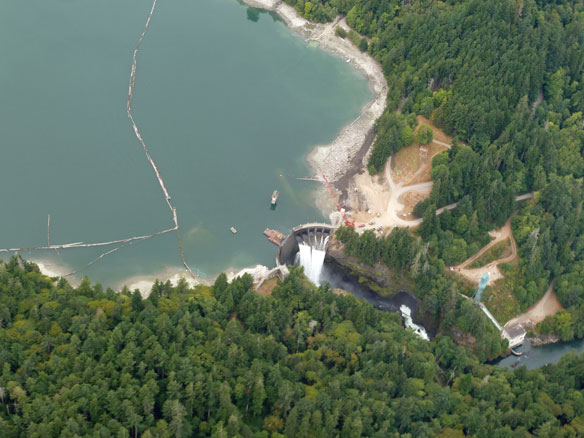
More than 500 dams are planned or already under construction within protected areas around the world, according to a new study published in the journal Conservation Letters. The study is the first of its kind to quantify the global extent of dams constructed in protected areas, which can include indigenous areas, nature reserves, and national parks.
China’s Three Gorges Dam is one of the largest ever created. Was it worth it?
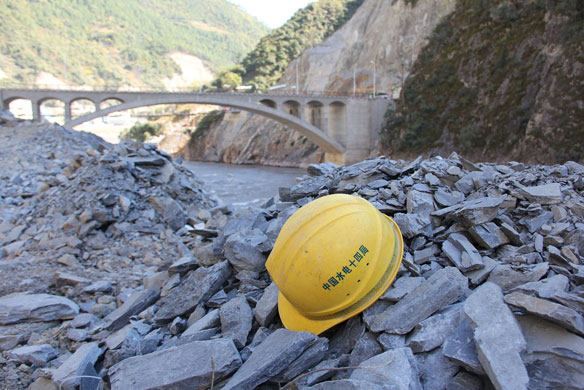
The Three Gorges Dam was designed to tame China’s longest river. But this summer’s record rains reveal its limited ability to control floods.
Global warming and illegal land reclamation add to severe floods in China
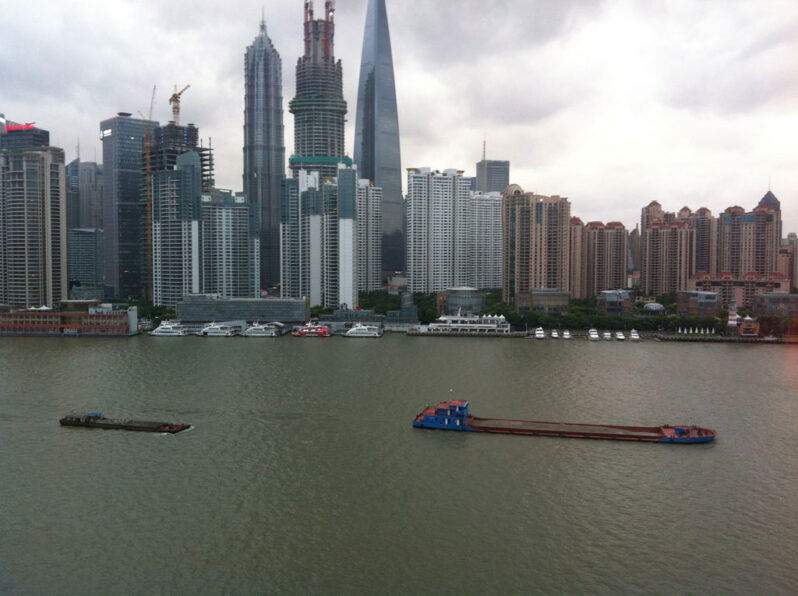
China has perennial flooding in summer but a combination of climate reasons and human behavior over decades of land reclamation and dam-building on nearby rivers, have contributed to a longer-than-usual duration and incessant rainfall in some regions.
